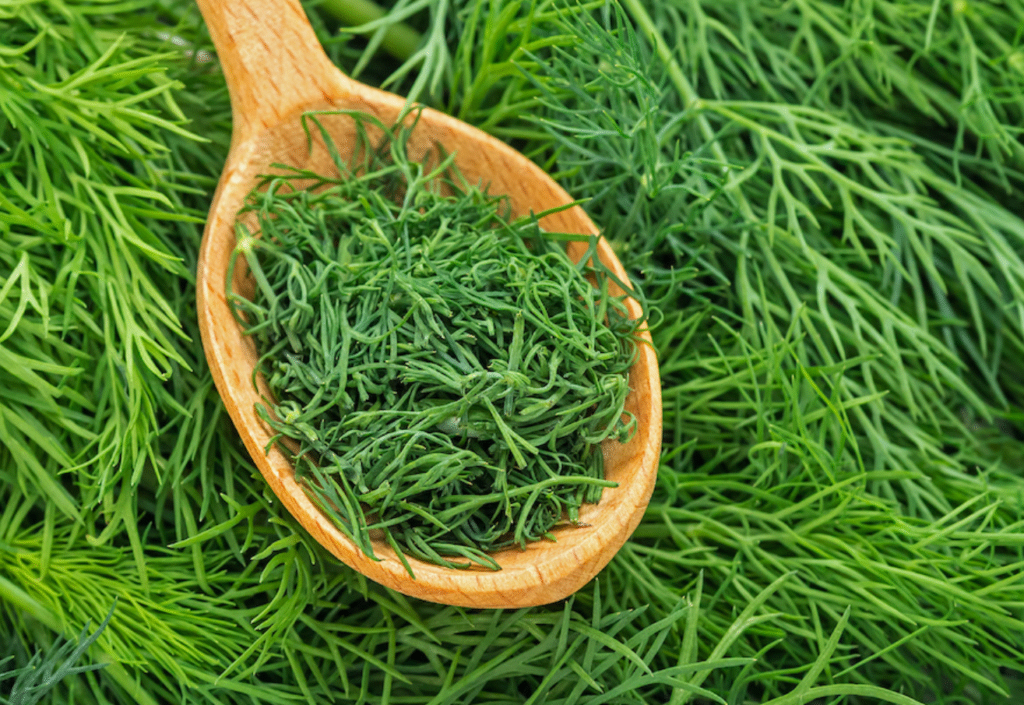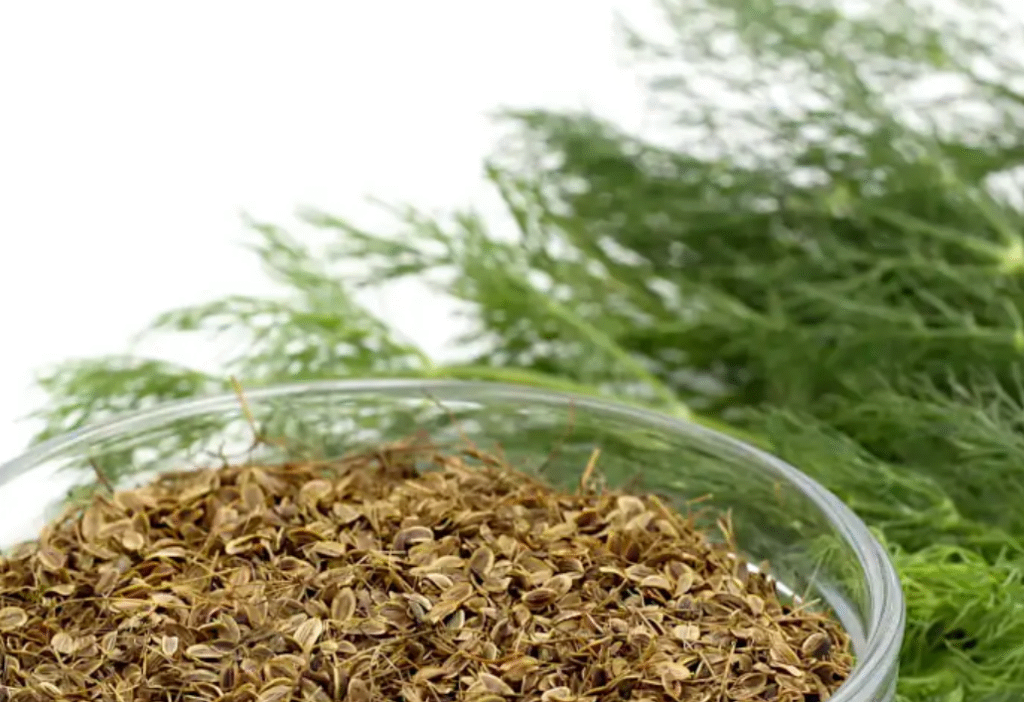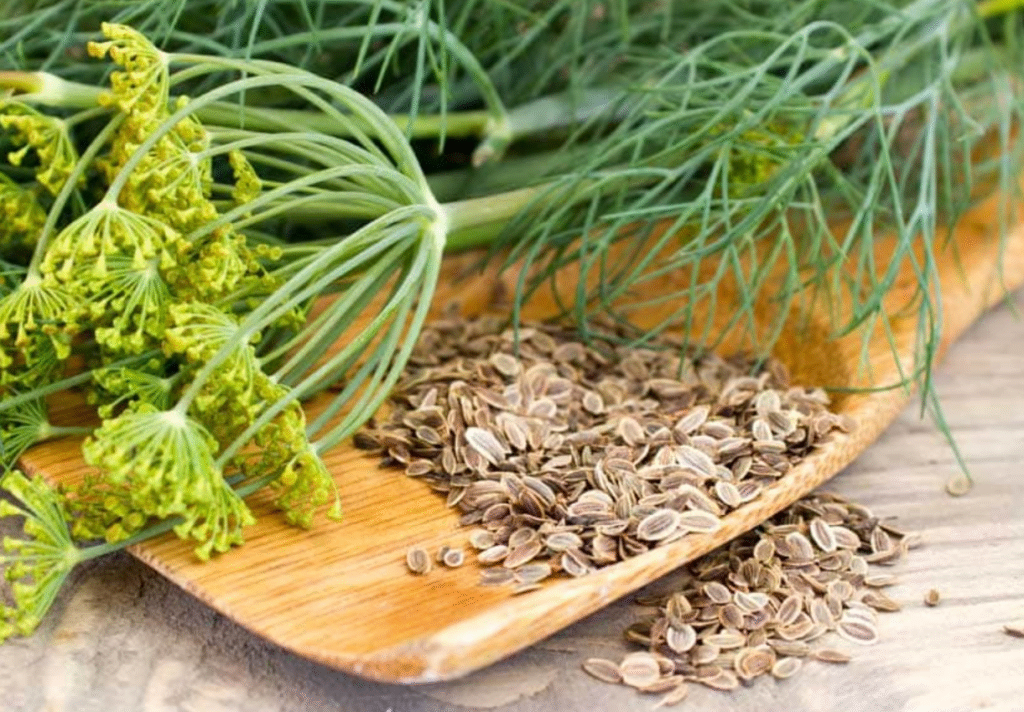Table of Contents
Are you curious about the differences between dill weed and dill seed? Have you been wondering which one is best for your next culinary adventure? You’re in luck – this blog post will help you make an informed decision when it comes to using either of these two flavorful herbs. We’ll discuss the similarities and differences between dill seed vs dill weed, as well as provide insight into why they can be used interchangeably in some recipes while other dishes may require just one or the other. Get ready to learn everything there is to know about these classic ingredients!
What is Dill Seed?

Dill seed is one of the oldest known spices and its use dates back to 2000 BC. It is a small, oval seed that has a nutty flavor with notes of anise and celery. The dark brown dill seeds are most commonly used in pickles and other savory dishes like soups or stews. They can also be sprinkled on salads or added to sauces for a unique flavor.
What is Dill Weed?

Dill weed is the leaves of the dill plant, which belong to the same family as parsley, carrots, and celery. They have a grassy aroma with hints of lemon, making it perfect for adding brightness to any dish. Its delicate fronds look similar to fennel and can be used in the same way. Dill weed is most commonly used for making dressings, sauces, salads, soups and even baked goods.
Benefits of Dill Seed
Nutritional Content
Dill seed is an excellent source of vitamins and minerals, including vitamins A, C, K, and B6. It also contains calcium, iron, potassium, phosphorus and magnesium. These nutrients are essential for proper cell growth and health.
Antioxidant Properties
The antioxidants found in dill seeds can help protect cells from free radical damage caused by oxidative stress. These powerful compounds can help reduce inflammation in the body which can lead to improved overall health.
Flavor Profile
Dill seed has a slightly nutty flavor that is often compared to anise or celery. It adds a unique flavor to savory dishes and can be used as a seasoning in place of other herbs and spices.
Uses in Cooking and Medicine
Dill seed is often used to add flavor to pickles, soups, stews and salads. It can also be used medicinally as a digestive aid or for relief from indigestion, nausea and even hiccups. In Ayurvedic medicine, dill seeds are believed to reduce cholesterol levels and help with liver detoxification.

Benefits of Dill Weed
Nutritional Content
Dill weed is an excellent source of vitamins and minerals, including vitamins A, C, K and B6. It also contains calcium, iron, potassium, phosphorus and magnesium. These nutrients are essential for proper cell growth and health.
Antioxidant Properties
The antioxidants found in dill weed can help protect cells from free radical damage caused by oxidative stress. These powerful compounds can help reduce inflammation in the body which can lead to improved overall health.
Flavor Profile
Unlike dill seed which has a nutty flavor profile, dill weed has a grassy aroma with hints of lemon that can be used to add brightness to any dish. Its delicate fronds look similar to fennel with a slightly sweet taste.
Uses in Cooking and Medicine
Dill weed is most commonly used for dressings, sauces, salads, soups and even baked goods. It can also be used as a natural remedy for headaches, nausea and other ailments. In Ayurvedic medicine, dill weed is believed to help with digestion and reduce inflammation in the body.
Which One Is Healthier?

Both dill seed and dill weed are incredibly nutrient dense and have a variety of health benefits. However, dill weed is slightly higher in vitamins A and C as well as fiber which makes it the healthier option.
Which One Should You Use?
When deciding between dill seed vs dill weed, it’s important to consider the flavor profile you’re looking for as well as the type of dish you’re making. While both can be used interchangeably in some recipes, others may require just one or the other. It’s best to experiment with both so that you can find out what works best for your particular dish!
Frequently Asked Questions | Dill Seed vs Dill Weed
1. What is the difference between dill seed and dill weed?
Dill seed and dill weed are actually two different plants. Dill seed comes from a plant in the Apiaceae family, while dill weed is also known as Anethum graveolens or simply, “dill”. The seeds of the dill plant have a slightly nutty flavor, while the leaves (or weed) has a milder taste with hints of anise.
2. Where can I buy them?
Both forms of dill are widely available at most grocery stores or online retailers in either dry or fresh form. Depending on your location and seasonality, you may find that you have better luck with either one or the other.
3. What is the best way to store them?
Dill seed should be stored in an airtight container in a cool, dark place for up to six months. Fresh dill weed should be kept refrigerated and used within one week for optimum flavor.
4. How much of each should I use?
Since dill seed has a stronger flavor than dill weed, you’ll usually want to use less of it compared to the amount of weed called for in any recipe. Generally speaking, 1 teaspoon of dill seed can substitute 1 tablespoon of fresh dill weed (or 2 teaspoons dried).
5. What are some common uses?
Both dill seed and weed are commonly used in pickling, adding flavor to fish dishes, stews, soups, eggs and salads. Fresh dill weed is also great for seasoning veggies or topping off a baked potato.
6. What type of dishes are best suited for each?
Dill seed works best when cooked into a dish as its flavor can mellow out with heat, while dill weed is better for adding a fresh taste at the end of cooking or as a finishing garnish.
7. Does either form have any health benefits?
Both forms of dill contain several beneficial nutrients such as dietary fiber, iron, manganese, vitamins A & C and other minerals which can help boost your overall health. Dill weed is also known for its antibacterial, antifungal and anti-inflammatory properties.
Conclusion
Dill seed and dill weed are two common herbs used in cooking. While both are incredibly nutrient dense and have a variety of health benefits, dill weed is slightly higher in vitamins A and C as well as fiber which makes it the healthier option. Depending on the flavor profile you desire, either one can be interchangeably used in various recipes or one may be better suited than the other depending on the dish you’re making.
Read more at Ohsnap Cupcakes!